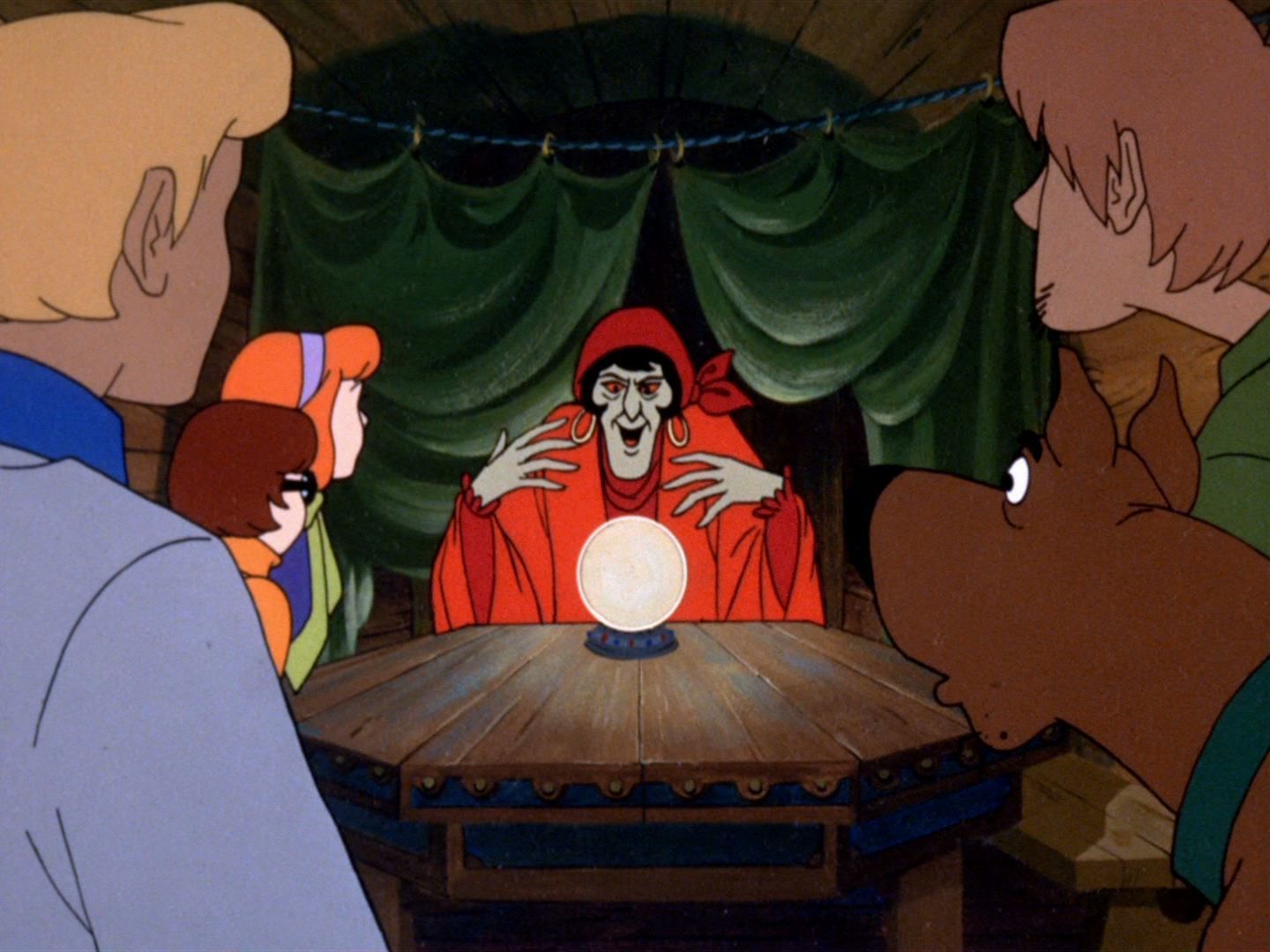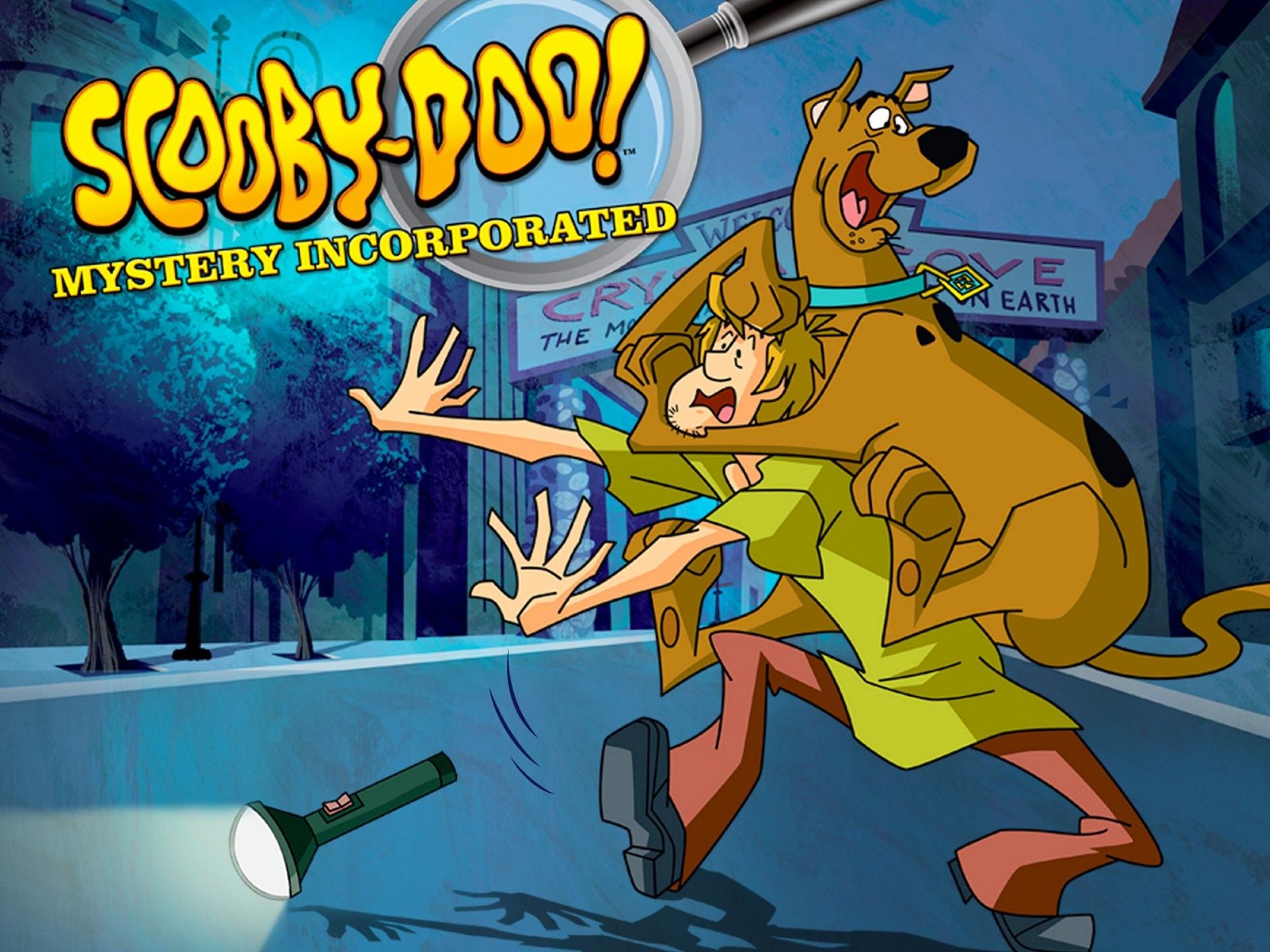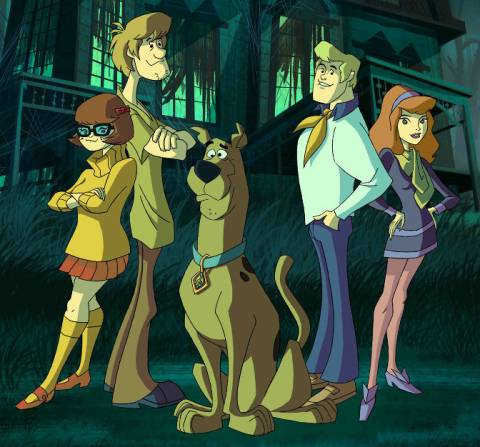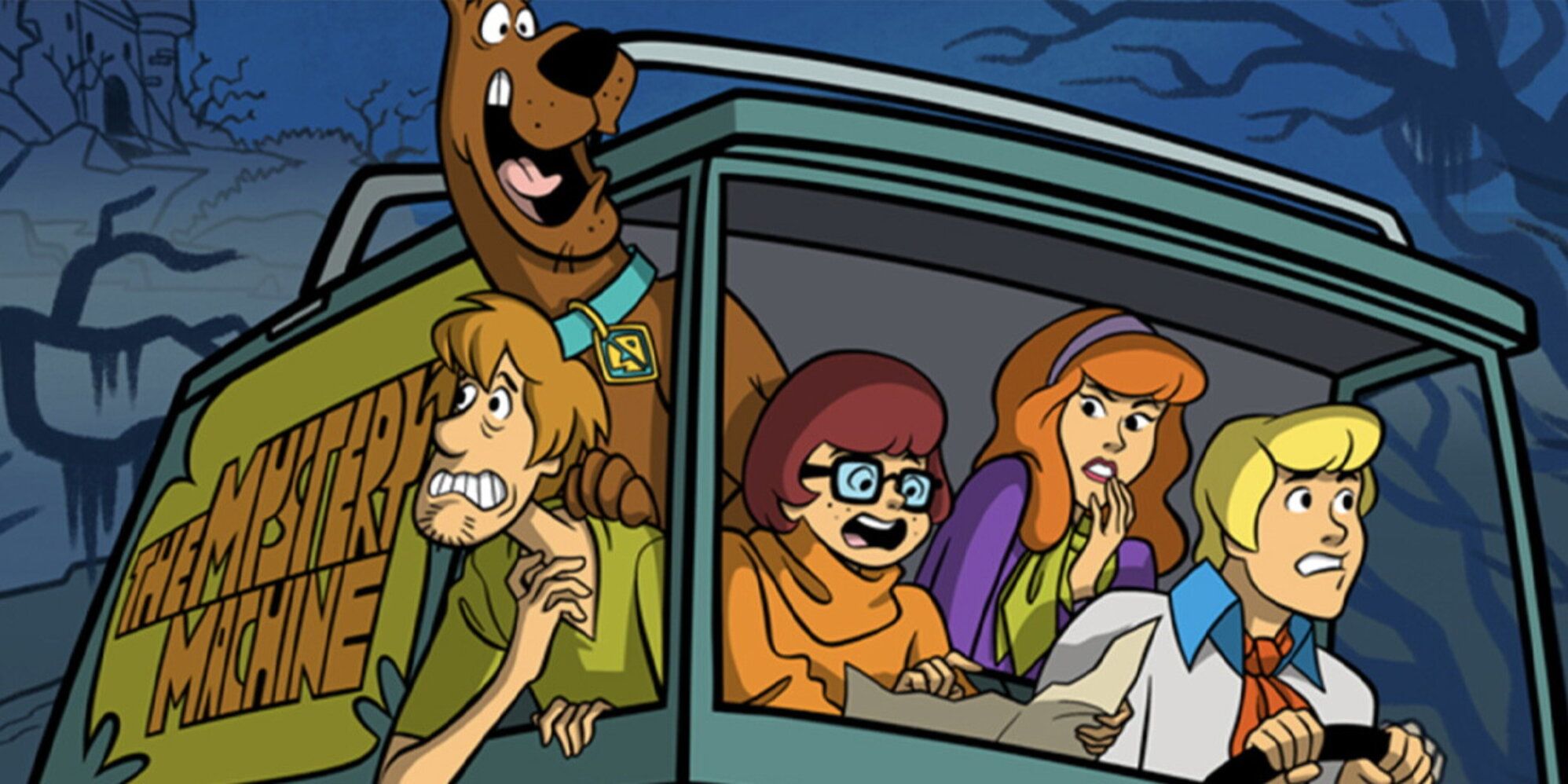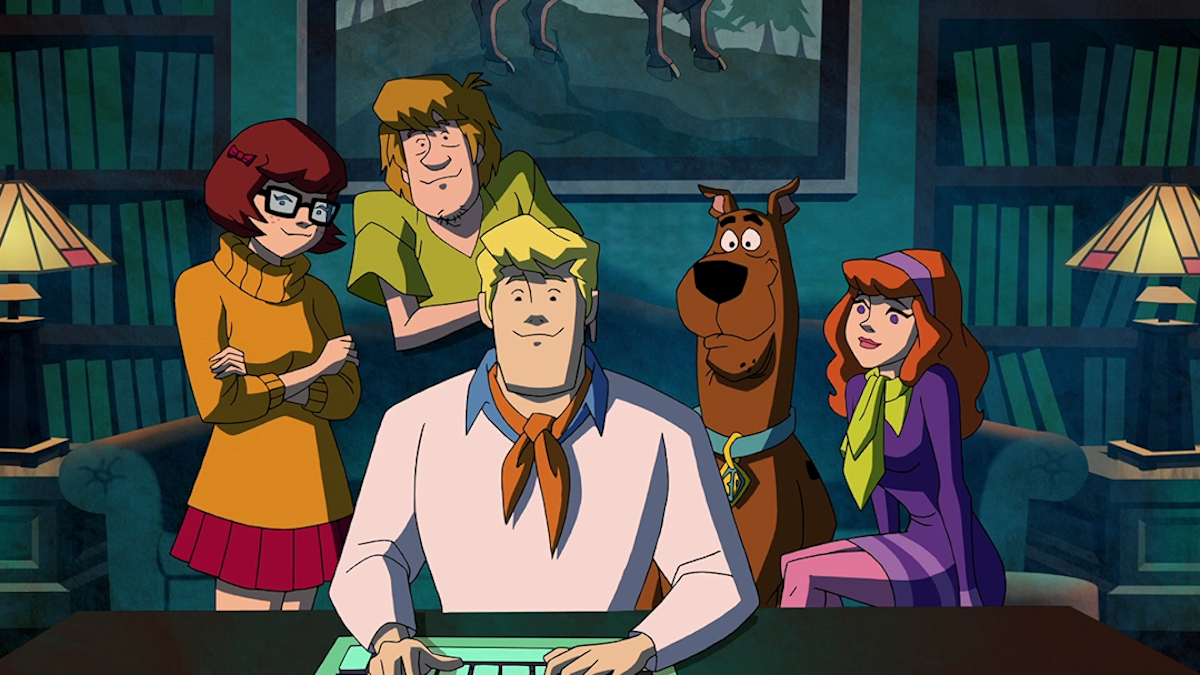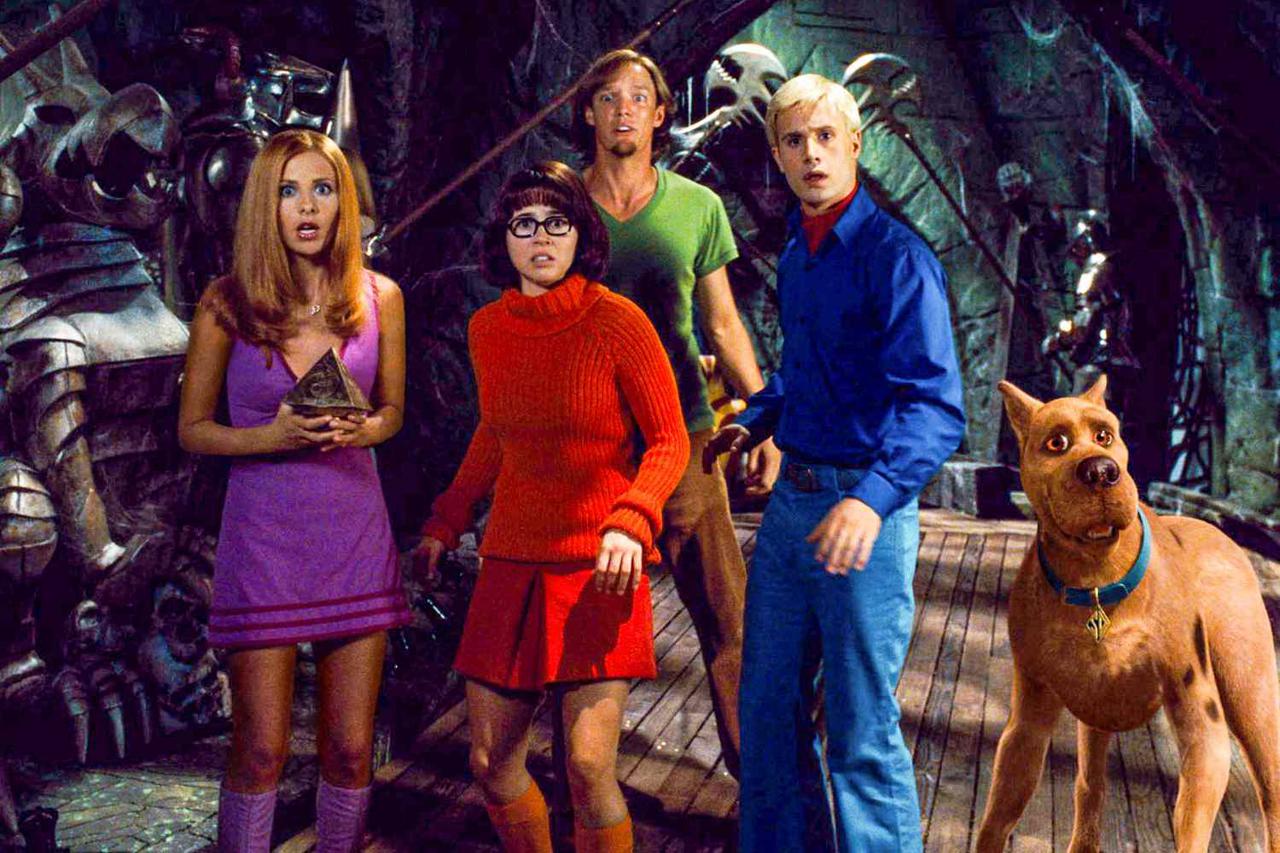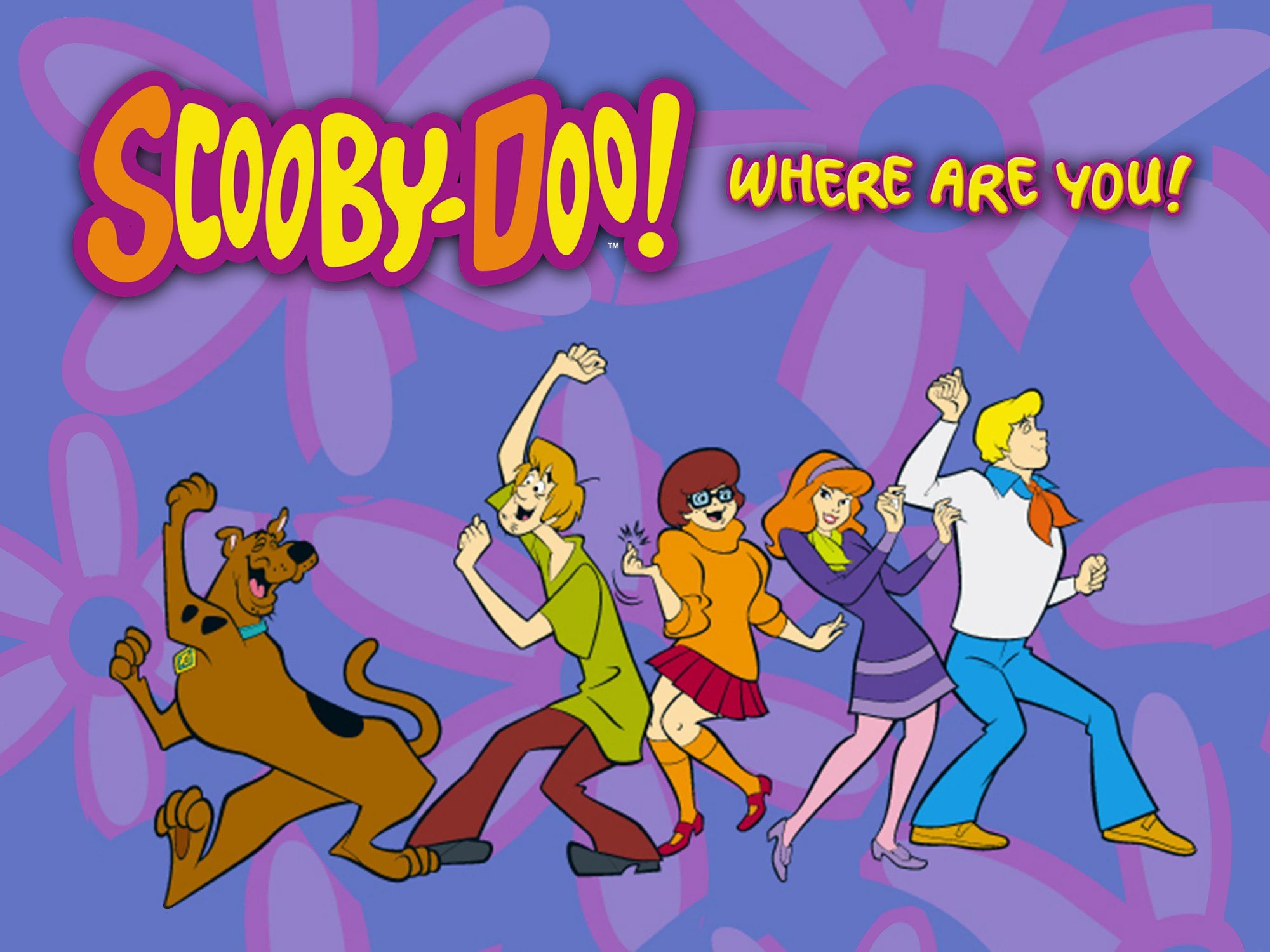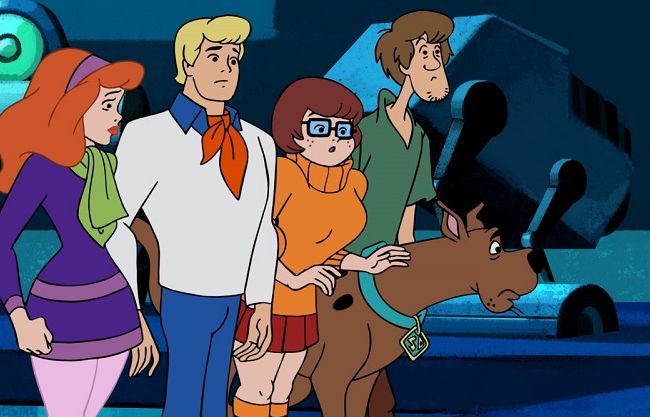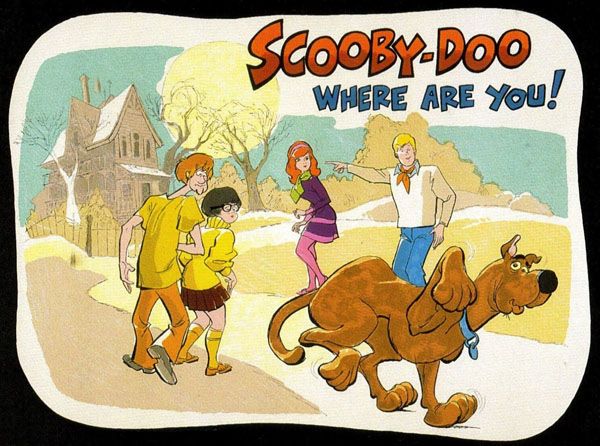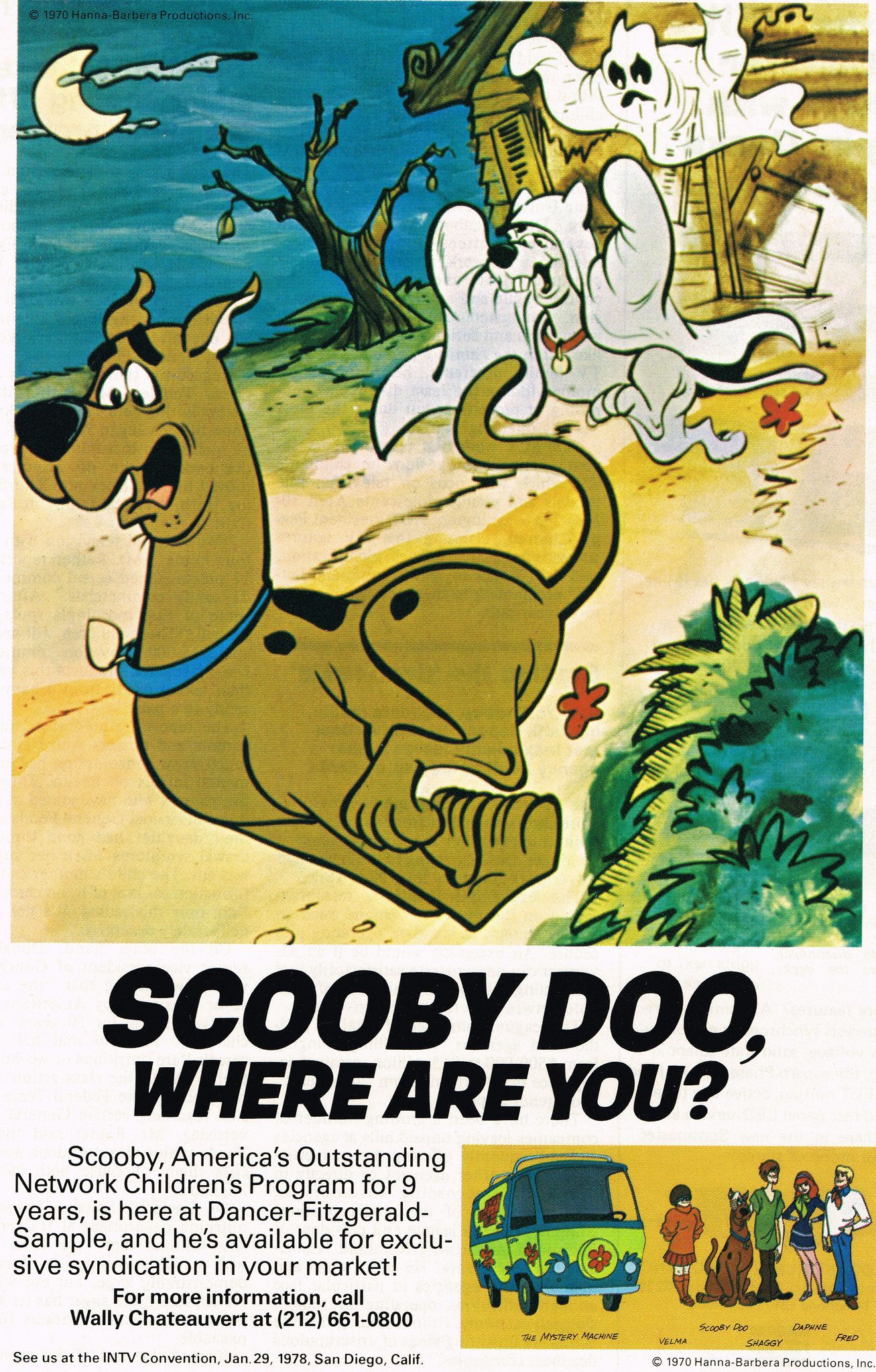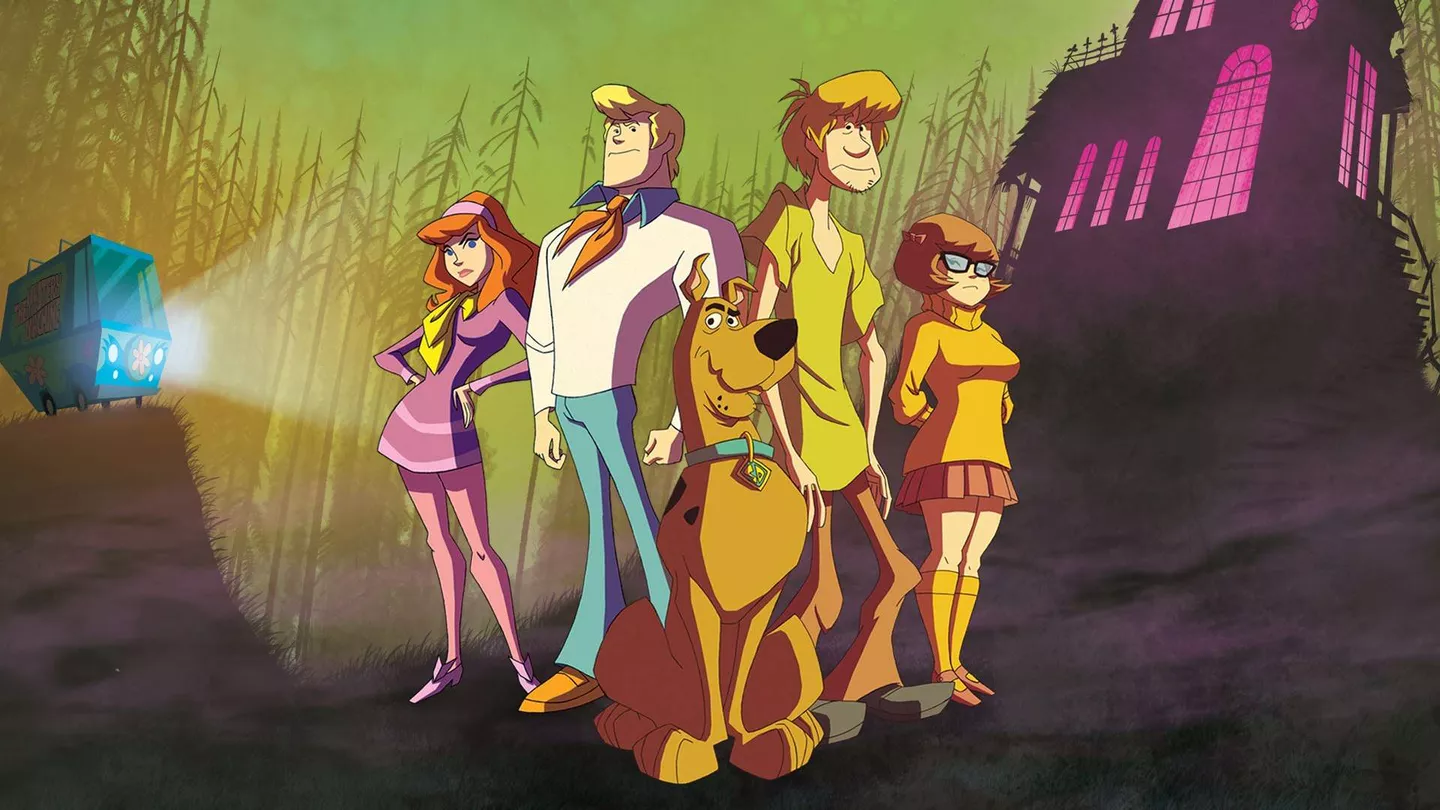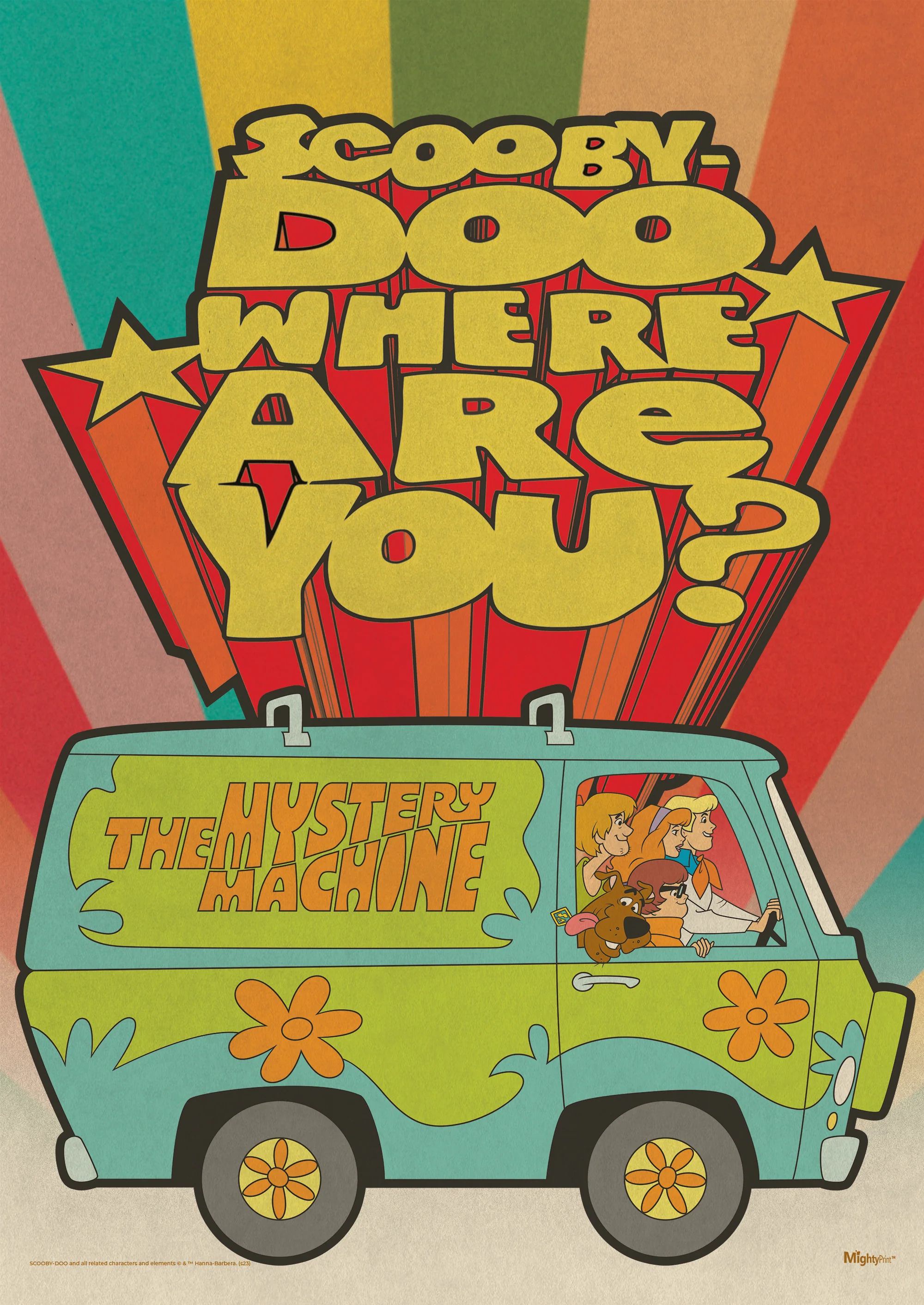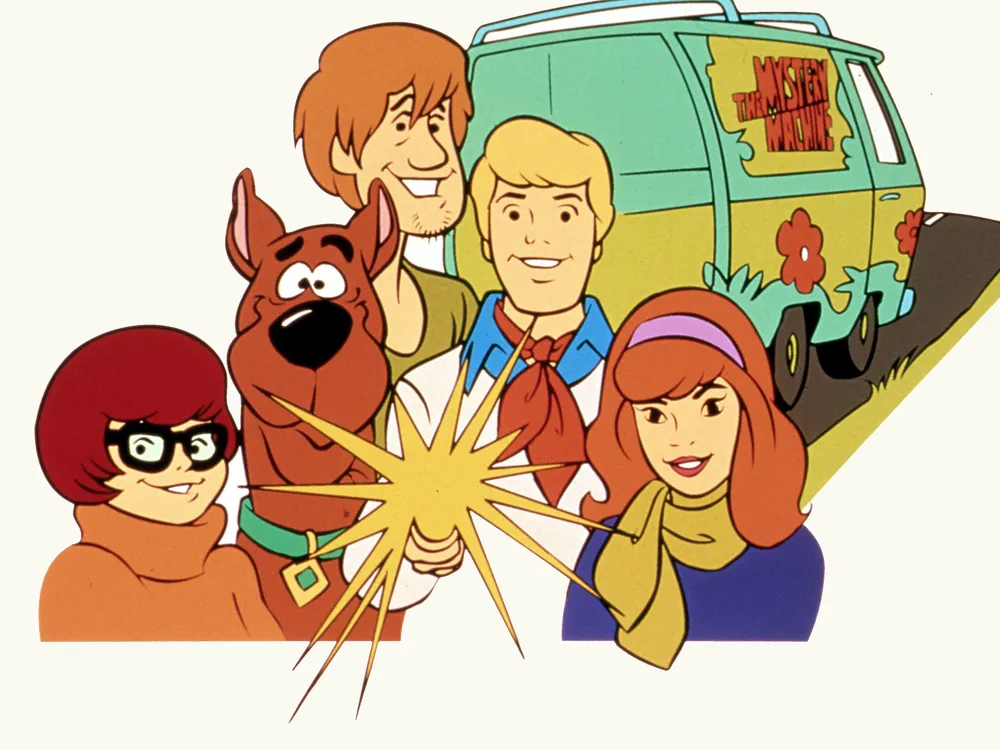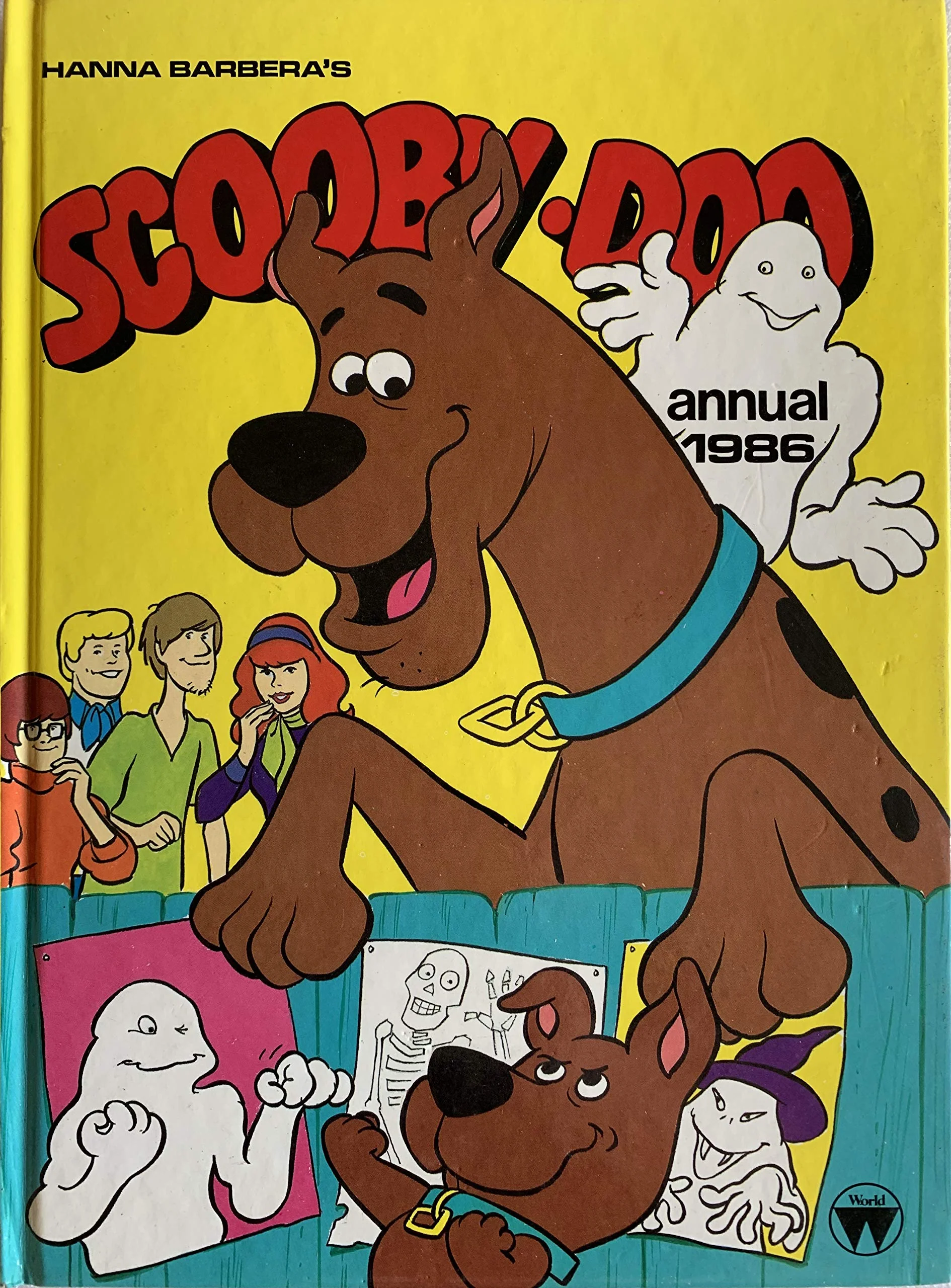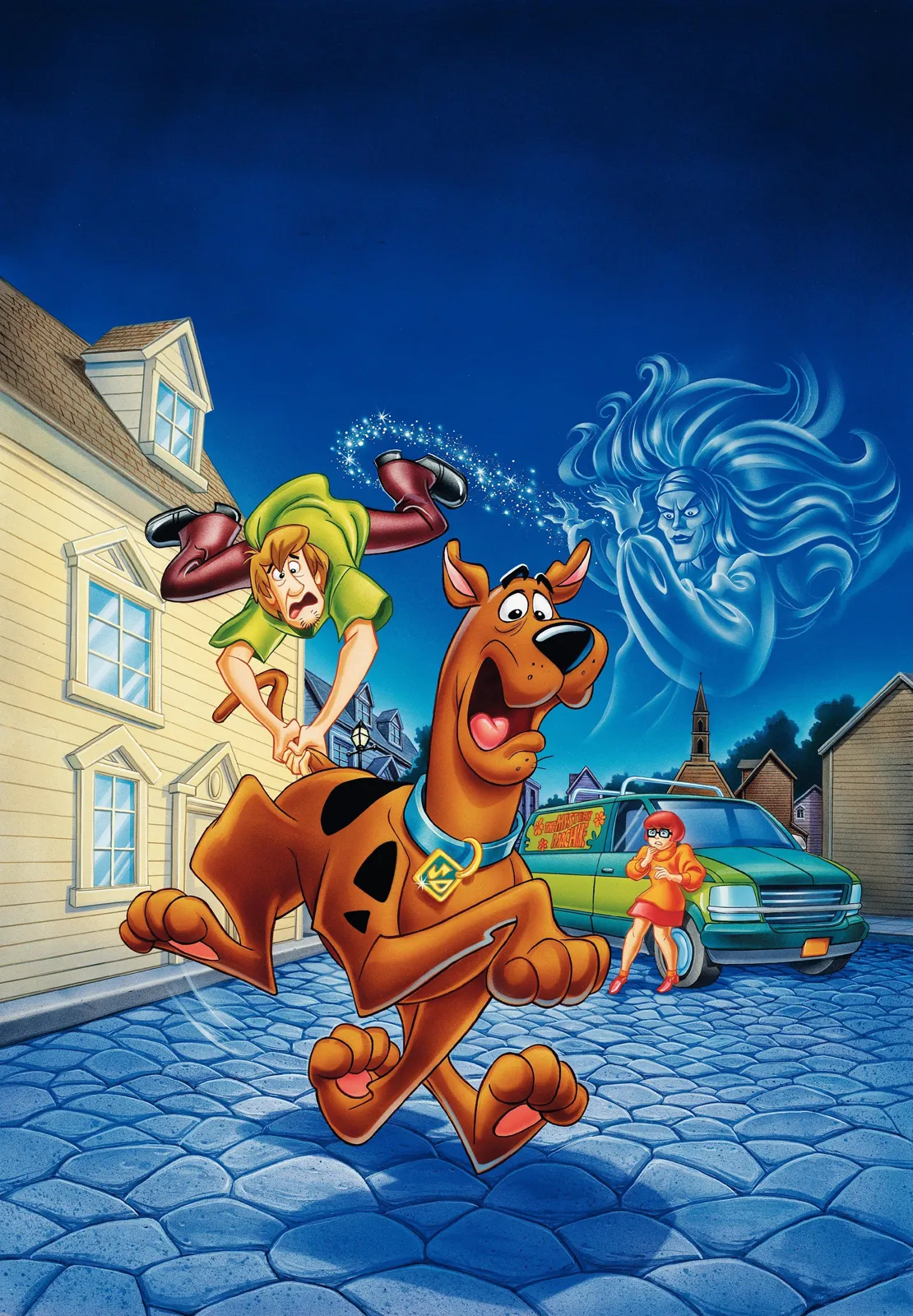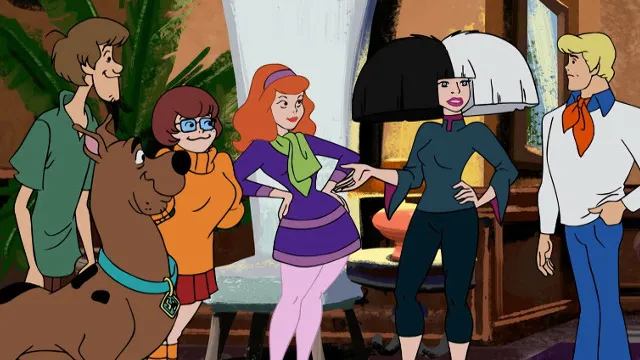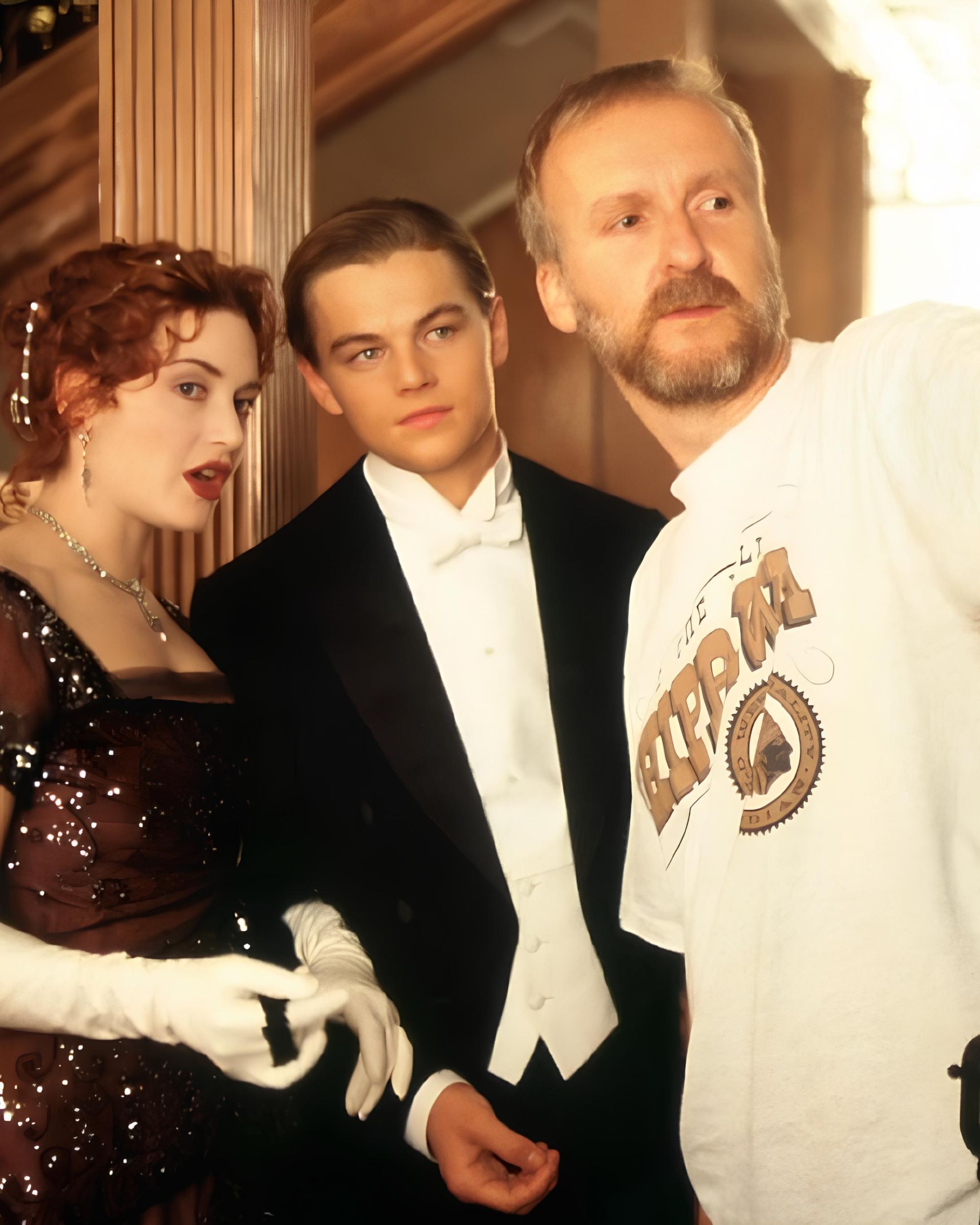
Is the Scooby-Doo aesthetic about to make a comeback? Don't call it a 2000s series
Blue, purple, orange, and green are the four primary colors that guide the aesthetic of Scooby Doo, not forgetting the spotted coat of the four-legged protagonist. It's no coincidence that many of our memories of the cartoon are tied to the style of the main characters: the animated series first aired at the end of the 1960s, a decade when color made its debut on television for the first time and fashion was at the height of its eccentricity. Miniskirts, bell-bottom jeans, flower-patterned tights, and oversized glasses dominated the street style of the time, stylistic codes of the Mod and Hippie styles that made the Hanna-Barbera series a timeless success. Twenty-two years after the first live-action adaptation - at the time heavily snubbed by critics for its low-quality CGI effects and the cast's acting, now considered a cult - Scooby-Doo returns to entertain a devoted audience with a new series from Netflix. According to Variety, the production house has just acquired the rights for a contemporary spin-off, but despite further details about Netflix's project still being hidden from the public - it is said that Josh Appelbaum and Scott Rosenberg will be the screenwriters - nothing stops us from dreaming of a new adventure with the Mystery Inc.
The success of the 2002 live-action film has entrenched in the common imagination the belief that Scooby-Doo's style was a y2k vision, but nothing could be further from the truth. First aired in the United States in 1969, the series is the perfect graphic representation of its time. On board a Volkswagen van, the gang consisting of Velma, Shaggy, Fred, Daphne, and Scooby embodies the youthful zeitgeist of the era, not just through their appearance. As producer Fred Silverman and Hanna-Barbera had foreseen, the 1970s were punctuated by a marked shared passion for the occult, witchcraft, and the paranormal, confirmed by the release of now-cult titles like The Exorcist, Rosemary's Baby, Suspiria, or even by the mystical notes of Fleetwood Mac or Pink Floyd. The precision with which Scooby Doo manages to capture the sign of the times then clearly reflects the forward-thinking approach of Silverman and Hanna-Barbera's research into society's interests, themes, and style. In the same vein, the production house has signed numerous series with a similar imprint over the years, such as Powerpuff Girls: produced at the turn of the 20th century, the cartoon reproduces the 1960s space-age aesthetic that had returned to vogue in those years in anticipation of the new millennium. Thirty years after another Hanna-Barbera space success, The Jetsons, The Powerpuff Girls wear animated iterations of Pierre Cardin's collections, while at home, you can find the Lounge Chair by Ray Eames and other masterpieces of interior design.
Returning to the style of the most beloved mystery-solving gang on television (let's set aside, for a moment, Buffy and Ghostbusters), it's necessary to recognize the incredible ability of the team of animators - Joe Ruby, Ken Spears, and Iwao Takamoto - to assign each of the characters a 1970s archetype. Daphne Blake is a Mary Quant diva, obsessed with fashion: in the cartoon, she wears a purple A-line dress and pink tights, a green scarf around her neck, and a matching headband with her shoes to keep her thick red hair tidy; in the 2002 film, she appears on vacation with a plethora of Louis Vuitton suitcases, also matching her outfit. Companion Fred Jones is the leader, initially the most responsible and sporty of the gang. As a true Mod, he wears tight jeans and a well-ironed white polo, carefully combed blond hair, and an orange handkerchief around his neck. Then there's Velma Dinkley, who as a true 1960s nerd never separates from her thick orange turtleneck sweater, a pair of thick prescription glasses she invariably loses at the climax of each episode, and her red mary-janes. Last but not least, Shaggy Rogers: as fearful and gluttonous as his dog Scooby, his passion for snacks has given rise to a series of hypotheses (repeatedly denied) about the nature of his insatiable hunger. Indeed, his look also nods to the stoner aesthetic, from the scruffy beard to the earth-tone palette, through deliberately unkempt fit indicating his clumsiness. But the true 1970s star of the series is undoubtedly the Mystery Machine with which the team travels from one mystery to another, a VW van decorated in full Californian aesthetic that has remained unchanged in every version of the franchise. Who knows if Netflix will also decide to leave Scooby Doo's technicolor aesthetic unchanged, or if we'll find ourselves facing a total upheaval of an animation masterpiece again. While waiting for more news, all that's left is to revisit the iconic 2002 film with Mr. Bean as the villain, along with the little Scrappy Doo.










































